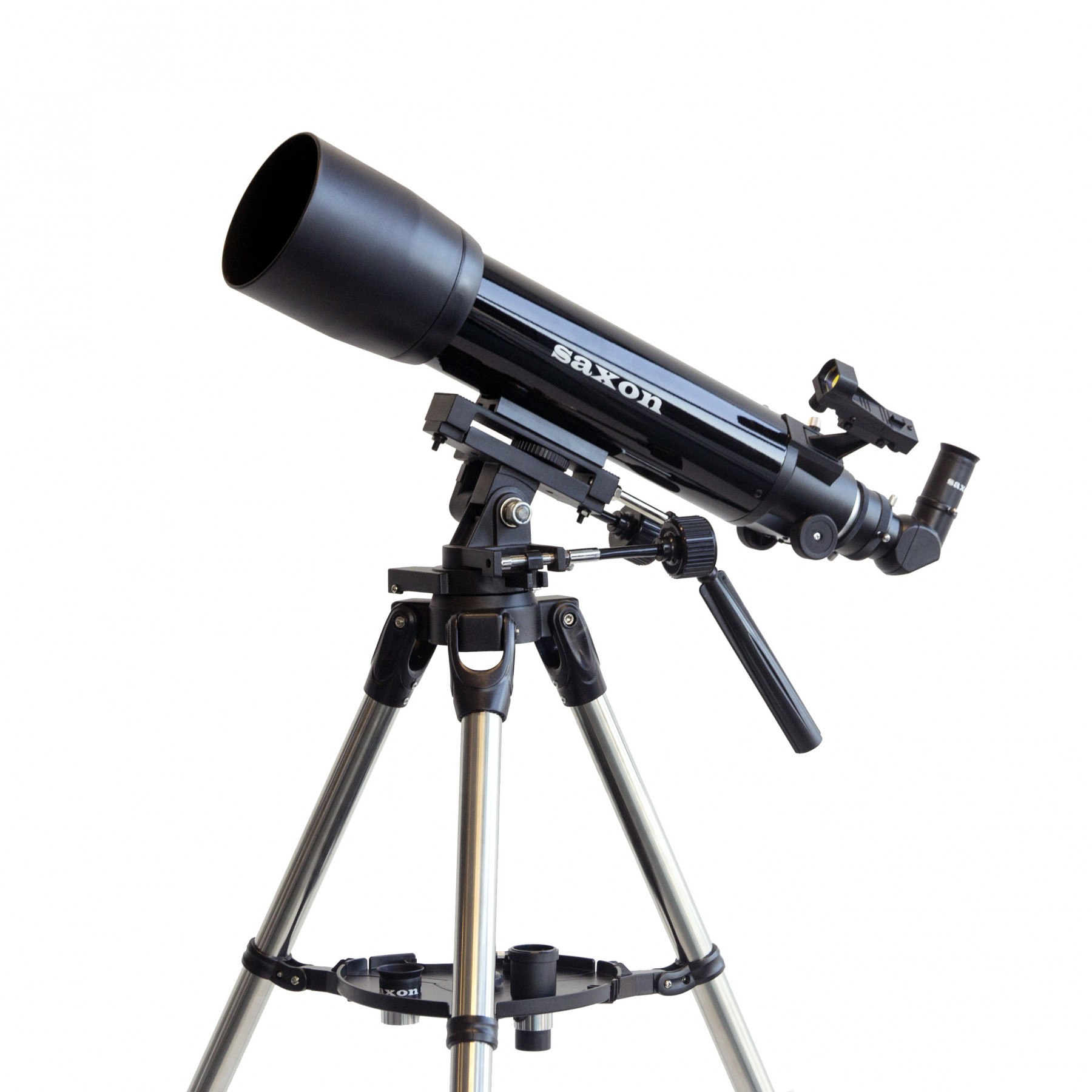

The basic similarities between these two are that, they are both being used as astronomical devices both designs use a lens as the eyepiece, and calculations such as Magnification, F-Number and Resolution are same for both models. What is the difference between refractor and reflector telescopes? This can be corrected by using parabolic mirrors instead of spherical mirrors. The main problem involving reflector telescopes is the spherical aberration, which is caused by the focal length not being the same for wider parts of the mirror. The eyepiece is placed at the side of the apparatus to collect light from the secondary mirror. A much smaller (approximately 5% of the primary mirror area) plane mirror is placed at the top part of the apparatus with 45 degrees to the optical axis of the primary mirror. The Newtonian model uses a large convex mirror in the ‘bottom’ part of the apparatus. The eyepiece used is mostly a convex lens. In the general design, a concave mirror is used as the objective mirror another plane mirror is used to direct the light beam coming from the primary (objective) mirror to the eyepiece. Reflection is the ‘bounce back’ effect of light. Reflector telescopes basically use a combination of mirrors and lenses. Later, more advanced designs such as Cassegrain, Coude and Nasmyth came out.
Reflector telescope professional#
The Newtonian reflector is the most famous type of telescope among amateur, and most of the professional astronomers. He built the first reflector telescope in 1668 which later became known as the Newtonian telescope. The credit for the first reflector telescope goes to the great Isaac Newton. Later it came to be known as the Gregorian telescope. The main problems involving refractor telescopes are the difficulty to build large lenses and chromatic aberration.Īlthough, the idea of using mirrors instead of lenses runs back to the time of Galileo himself, the reflection telescope was first scientifically proposed by James Gregory in 1663. Focusing to a distant object is done by varying the distance between these two lenses. the one closer to the ‘eye’) are setup in such a way that their optical axes coincides.

the one that is closer to the ‘object’) and one with a very small focal length as the eyepiece (i.e. One with a very large focal length as the objective lens (i.e. In the telescope, the two media are air and glass. Refraction is defined as the process of change of direction of a wave when it passes through the interface of two media. The whole process of magnification is done using refraction. Refractor telescopes use only lenses in its design. The first astronomical telescope was built in 1608 by non-other than the great scientist Galileo Galilei. Although it is unclear exactly when he invented it, it appears as a scientific device on 1608. It was first manufactured by Hans Lippershey, a German-Dutch lens maker who built it as a toy.

Refractor was the first kind of telescope to be made. In this article, we’re going to discuss the origin and the basic operation of reflector and refractor telescopes, and their differences. These are mainly optical devices, which use visible light to produce images of distant objects, such as planets, stars, nebulae and galaxies. They are also known as reflection telescopes and refraction telescopes. Reflector and refractor are basically the main two types of telescopes mostly used in astronomy. Refractor vs Reflector Telescopes | Refraction vs Reflection Telescopes


 0 kommentar(er)
0 kommentar(er)
